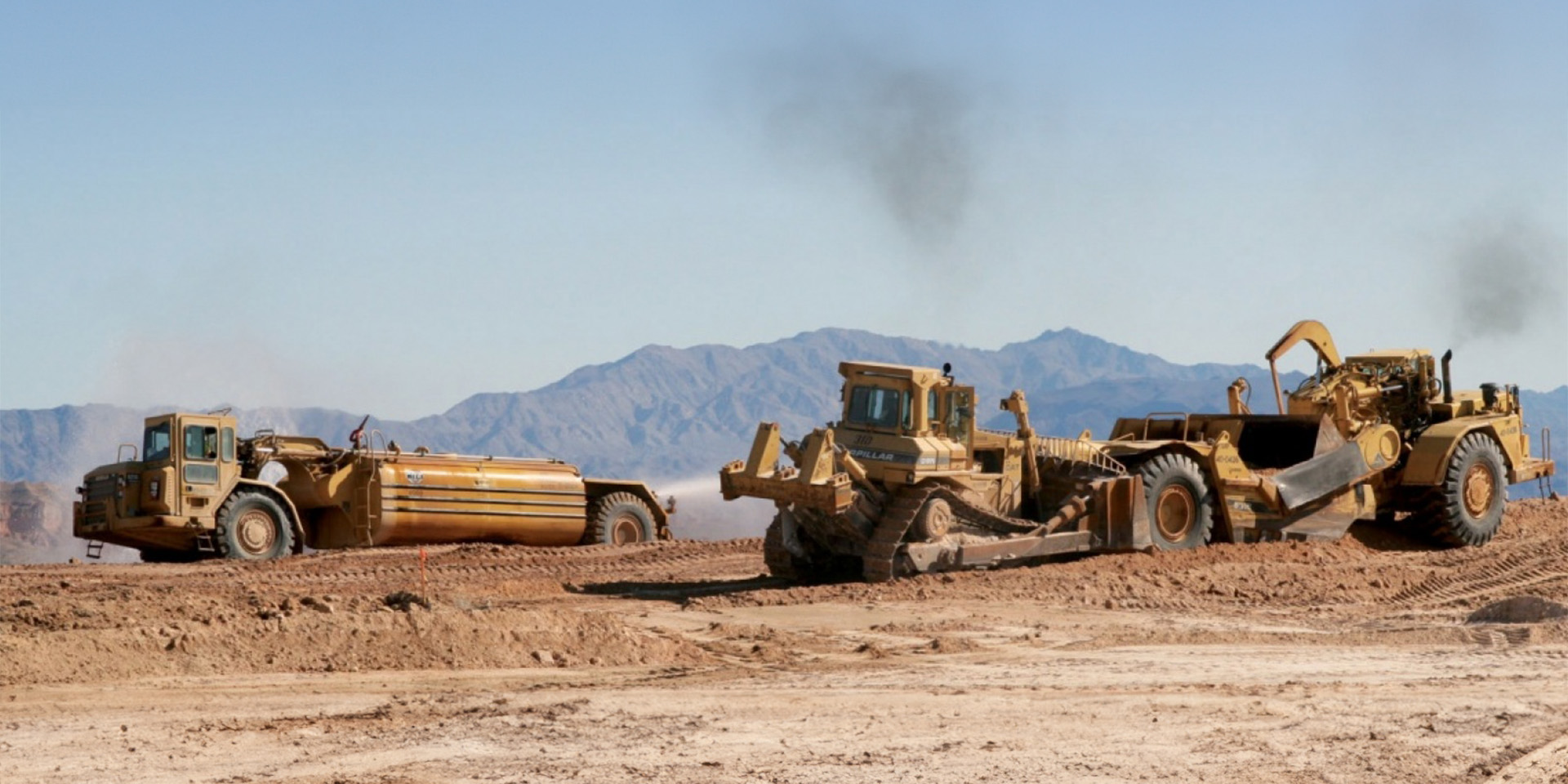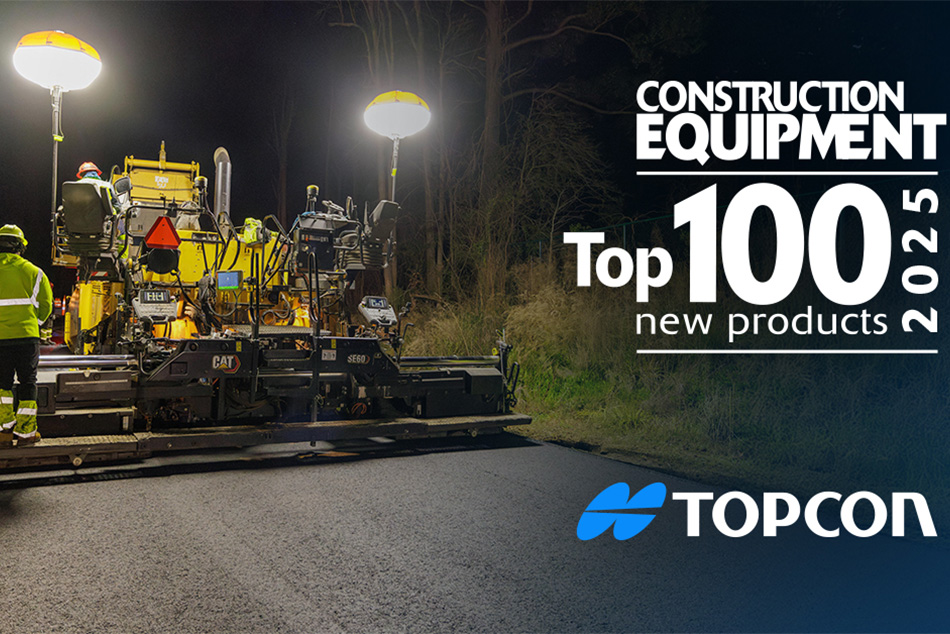High Points and Low Points
Just outside of Las Vegas, USA, to build off a Bible phrase, one innovative technology is begetting another. There, more than 300-acres (120 hectares) of desert scrubland is being converted into one of the Southwest’s newest solar farms.
When complete and fully online, the facility will be capable of producing 30 megawatts of power, enough electricity to supply 2,500 homes for a year. However, a tight schedule and huge volumes of earthmoving, coupled with dramatic slopes and terrain shifts onsite, raised the degree of challenge to make that happen – a challenge that is being resolved by satellite positioning and a small fleet of GNSS-controlled graders.
Managers at Aggregate Industries (AI), a project subcontractor, knew it would have been almost impossible to tackle the job using traditional survey, layout and earthmoving techniques. And so, with things moving forward let there be light (or at least power).


















